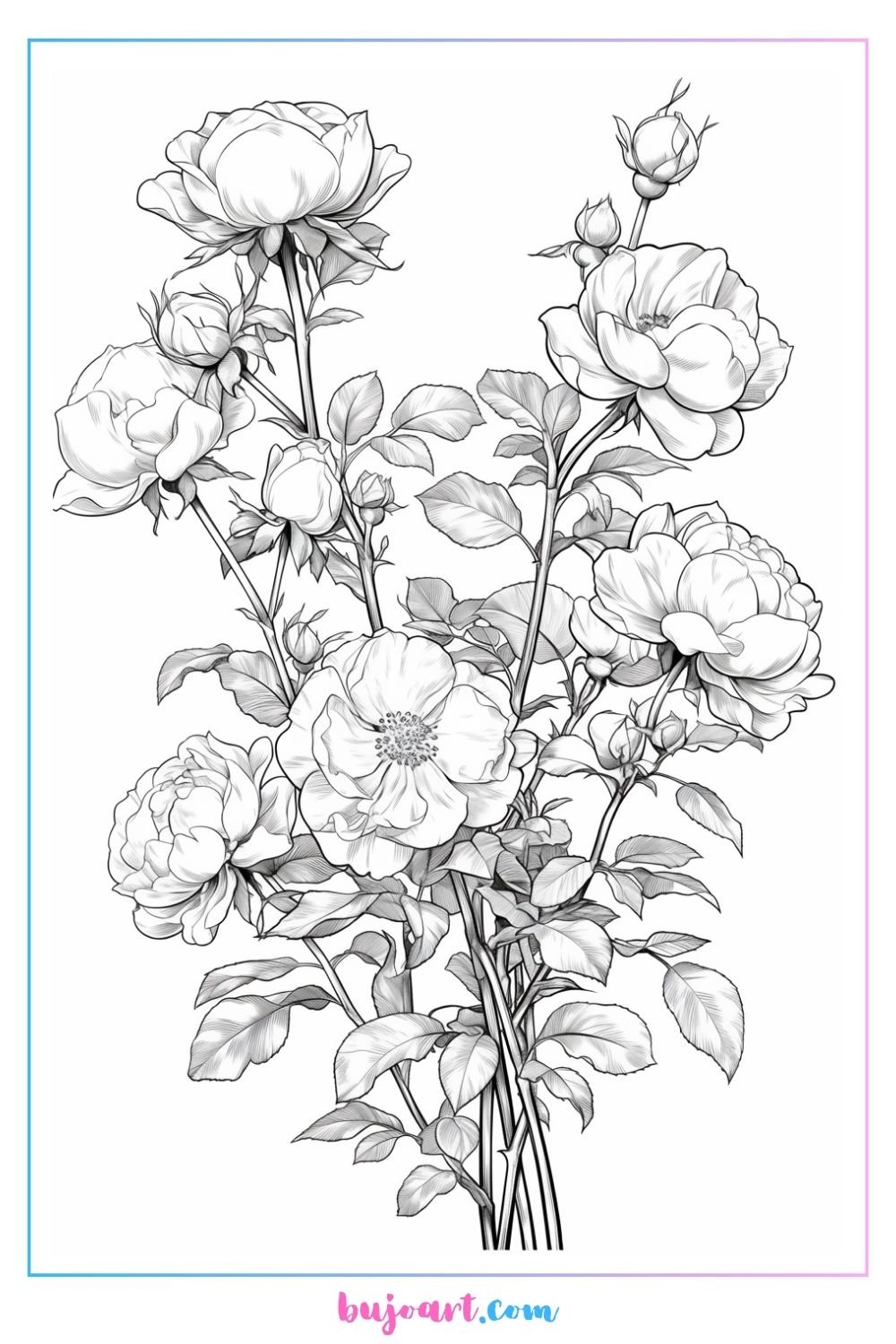Drawing a mouth can be a challenging task for many artists, whether they are beginners or experienced. However, with the right techniques and practice, anyone can master the art of drawing a realistic and expressive mouth. In this step-by-step guide, I will walk you through the process of drawing a mouth in a simple and easy-to-understand way. By the end of this guide, you will have the skills and confidence to create stunning mouth drawings.

Understanding the basic anatomy of the mouth
Before we dive into the step-by-step process, it’s important to have a basic understanding of the anatomy of the mouth. The mouth consists of several key elements, including the lips, teeth, and gums. The lips play a crucial role in facial expression and can convey a wide range of emotions. The teeth, on the other hand, add depth and realism to the drawing. By understanding the basic anatomy of the mouth, you will be better equipped to capture its unique features and create a lifelike drawing.
Step 1: Sketching the basic shape of the mouth
The first step in drawing a mouth is to sketch the basic shape. Start by drawing a straight line to decide the width of the lip.

Then draw three oval shapes to represent the lip muscles. The shape of the mouth will vary depending on the expression you want to capture. For a neutral expression, the mouth should be relatively straight. However, for a smiling or frowning expression, the shape of the mouth will change accordingly. Take your time to get the basic shape right, as it will serve as the foundation for the rest of the drawing.

Step 2: Adding details to the lips and teeth
Then, draw a slightly larger curved line around the oval shapes to represent the lower lip. Next, add the corners of the mouth by drawing two small curved lines that connect the upper and lower lips. These lines will help define the shape of the mouth and give it a more realistic appearance.

Start by adding a slight curve to the upper lip, following the natural contours of the face. Then, add a similar curve to the lower lip. Keep in mind that the lower lip is usually slightly thicker and more prominent than the upper lip.

Step 3: Shading and highlighting for a realistic look
Shading and highlighting are essential techniques for creating a realistic and three-dimensional mouth drawing. To add shading, start by identifying the light source in your drawing. This will help you determine which areas of the mouth should be darker and which should be lighter. Use a pencil or shading tool to gradually darken the areas that are away from the light source, and leave the areas that are closer to the light source lighter.

To create highlights, use an eraser or a white pencil to gently lighten the areas that are directly hit by the light source. This will add depth and dimension to your drawing. Remember to blend the shading and highlighting together to create a seamless transition between light and shadow.

Practice exercises to improve your mouth drawing skills
To improve your mouth drawing skills, it’s important to practice regularly. Here are a few exercises that can help you develop your skills:
-
Draw a series of mouths from different angles: Practice drawing mouths from various perspectives, such as a three-quarter view or a profile view. This will help you understand how the shape of the mouth changes depending on the angle.
-
Draw mouths with different expressions: Experiment with drawing mouths that convey different emotions, such as happiness, sadness, or anger. This will help you understand how the position and shape of the lips change with each expression.
-
Draw mouths in different styles: Try drawing mouths in different artistic styles, such as realistic, cartoonish, or abstract. This will help you expand your artistic range and develop your own unique style.




Conclusion
Drawing a mouth may seem daunting at first, but with practice and the right techniques, anyone can master this skill. By understanding the basic anatomy of the mouth, sketching the basic shape, adding details, and using shading and highlighting, you can create realistic and expressive mouth drawings. Remember to avoid common mistakes, follow the tips and tricks, and practice regularly to improve your skills. With dedication and perseverance, you will be able to create stunning mouth drawings that capture the essence of your subject. So go ahead, grab your pencil, and start drawing!













